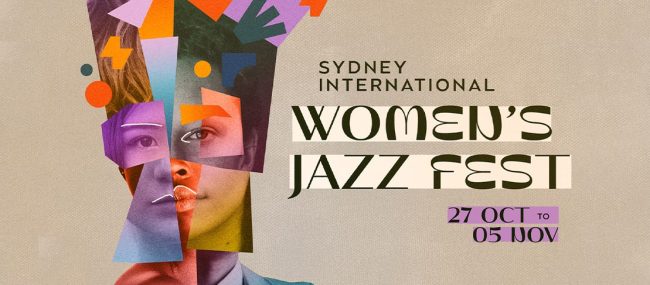Mark Isaacs & Mike Nock Foundry616 Review
The Foundry 616 stage was drenched in soft blue and pink lighting, making the intimate setting feel more romantic. Mark Isaacs took the stage first. An hour passed unnoticed as he took the crowd on a journey with his single, dramatic improvisation. The emotion of the song was conveyed through his swaying and hunching, grunting and humming, sitting and standing, and at times his keying with only his left hand. Isaacs’ beard and long hair masked his facial expressions, but the alternating pain and joy in his eyes betrayed his true feelings. His mastery of the instrument in front of him was never in question as the crowd gazed on at the art being created in front of them. At times he seemed out of control, one swift movement away from falling off his bench. Then he would reign in his actions and look at the crowd, not in a braggadocious way, but seemingly to ask, “Are you getting all of this? Can you understand what I’m trying to say?” The improvisation itself felt like a biography of someone very close to you, the rising and falling action feeling like months or years of their life being recounted. At the end of the piece, the audience was left just as drained as Isaacs, needing to sit back and process what they had heard. Isaacs plays with the excitement of someone just finally getting the hang of the piano for the first time, but with the dexterity you would expect from a seasoned veteran. I enjoyed this performance and I would encourage those with any interest at all in jazz piano to find a copy of Isaacs’ works.

Mark Isaacs at Foundry 616 in Sydney.
Mike Nock followed Isaacs, and his first piece is the one that stands out to me the most. He told the crowd that it was composed by a friend of his for a mutual friend who had passed away. Her name was Joy, and the piece was titled after her in homage. Nock barely opened his eyes during the piece. In stark contrast to Isaacs, Nock conveyed the emotion of the piece simply by playing fantastic music. The work was so poignant that I felt as if I had known Joy as well. It had elements of calm and chaos, happiness and melancholy, failure and success. Nock also performed improvisations, perhaps to build off of the emotions of Isaacs. However, in contrast to Isaacs, the emotion was not conveyed through intense gyrations of the body. His face was an open book, waiting to be read by the audience. The melodies were crafted so beautifully that even the harshest of critics would’ve melted at the sweet sounds being procured from the mind of a master craftsman. I felt honored to have been able to watch these two men perform, and I would encourage those with any interest at all in jazz piano to find copies of their works.

Mike Nock at Foundry 616 in Sydney.

